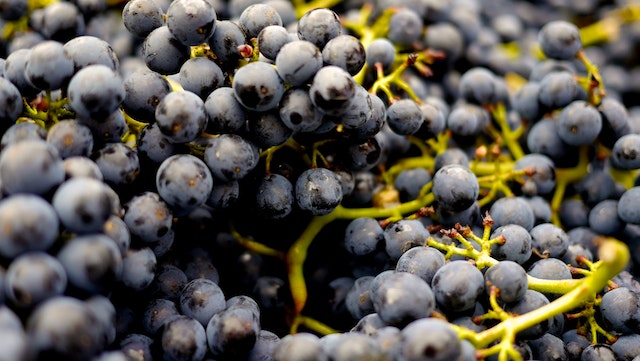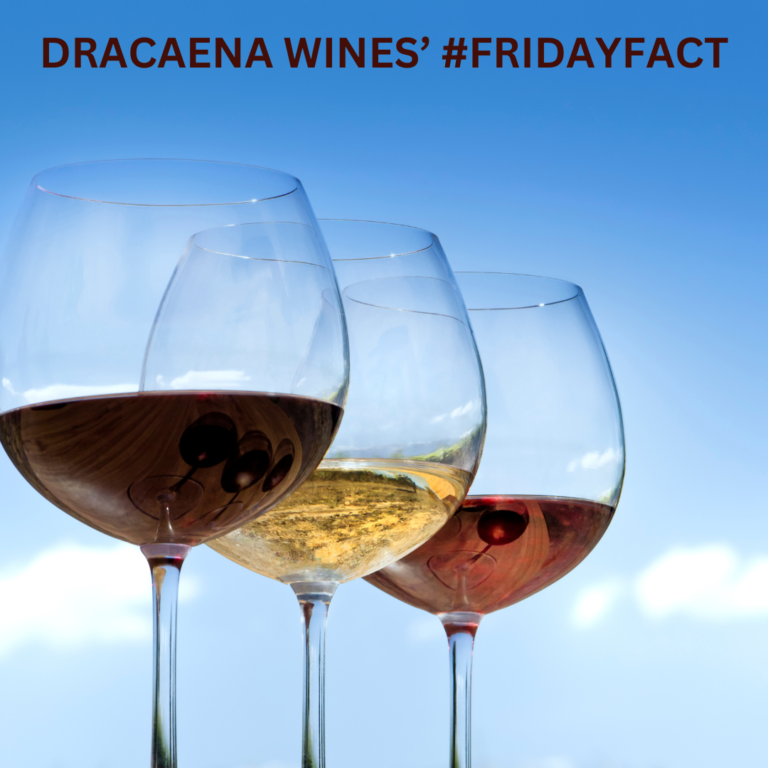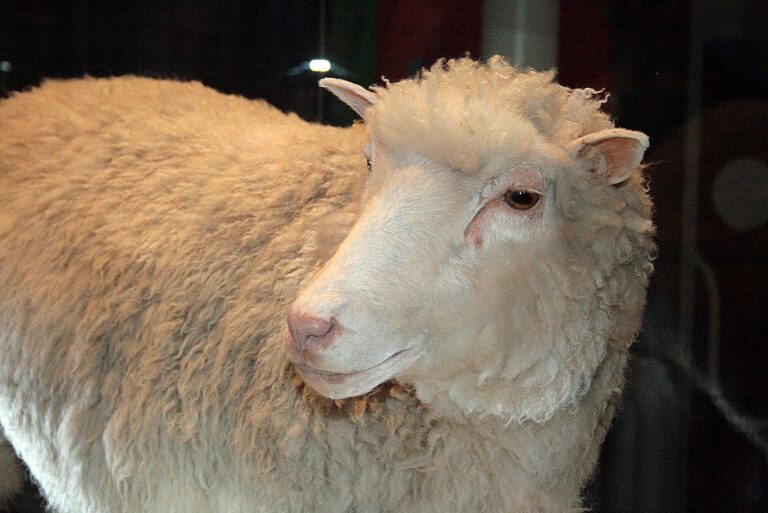Tannins play an important role in wine. Along with acid, they provide the backbone to the wine. They are an contributing factor to determining if a wine can be aged or should be consumed young. But before we get into where tannins come from, it is important to know what tannins are. In the most basic form, tannins are compounds that bind together. To help you understand tannins, think about that drying sensation in your mouth when you drink wine; particularly red wine. (although there are tannins in white wines also.) That drying sensation, kind of like sandpaper on your gums are the tannins at work.
The amount of tannin in a wine varies depending on several factors:
-
- grape variety, (think of it as sunscreen for grapes)
- Vineyard
- Vineyard management
- Vintage
- What the wine maker does during processing
Have you been missing the weekly Exploring the Wine Glass posts? They have moved. Sign up at http://eepurl.com/be49CD to never miss a post. Subscribe to Dracaena Wines’ blog in the sidebar on this page.
Tannins are phenolic compounds and there are two types: flavonoids and non-flavonoids. They begin as single compounds, known as monomerics. These small compounds like to find similar compounds and join together to form polymerics. This process is known as polymerization. Flavonoids are more involved in the tannin expression, while the non-flavonoids are more involved with the wine structure.
Tannins are insoluble in water and this is why we can actually taste them. Our saliva is unable to break them down allowing them to bind to the proteins within our saliva. Once bound, they leave us with the drying sensation. But the cool thing is that it doesn’t really drying our mouths. The proteins are like little burs sticking to your socks while hiking. Our brain takes this sensation as drying. A research experiment performed by J F Prinz (PMID: 11106991 DOI: 10.1046/j.1365-2842.2000.00578.x) showed that tannins significantly reduces the lubricating qualities of human saliva both by decreasing its viscosity and increasing friction, both factors lending support to the notion that astringency is a tactile phenomenon. 
Tannins get into the wine through a variety of ways. They are found within the grape skins, seeds and stems of the grape. But it is also added to the wine through the oak regimen. The climate also plays an important role in the amount of tannin found in a wine. Cooler temperatures tend to lend themselves to higher tannins in the grapes. Warmer climates will have softer tannins.
Tannins need alcohol in order to be released from the grapes. So fermentation must occur. Depending on how the winemaker processes the fruit can increase or decrease the amount of tannins. Frequent punch downs, warmer fermentation temperatures will increase the tannin levels. Whole cluster fermentation will also increase levels.
Food also has a dramatic impact on the sensation of tannins on our mouths. Bitter foods such as arugula, kale or dill will increase the sensation of those tannins in the wine. It is best to pair bitter food with red wines that are low in tannins (such as Pinot Noir) or consider white or rose wines. If you have an overly tannic wine, you want to pair it with fatty, low salt or creamy foods such as marbled meats or an alfredo sauce. The fat in these foods decrease tannic impressions. You can also decant the wine in order to aerate it. The added oxygen will help to lower the tannins.
~Slàinte!
Please follow us on Instagram, Twitter, Facebook and Youtube.
Dracaena Wines has received consistent 90+ ratings and multiple Double Gold medals. Click image to order yours today and let Dracaena Wines Turn Your Moments into Great Memories!





